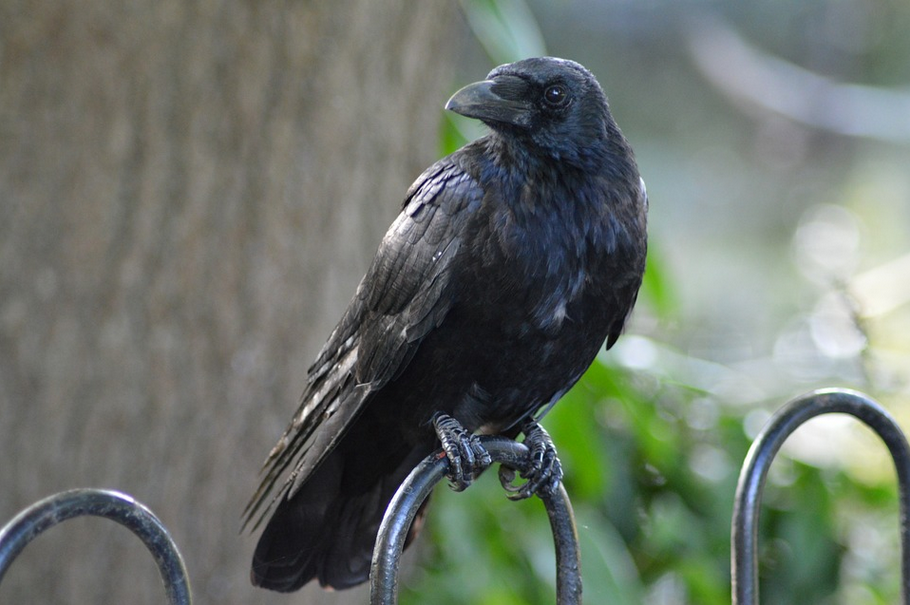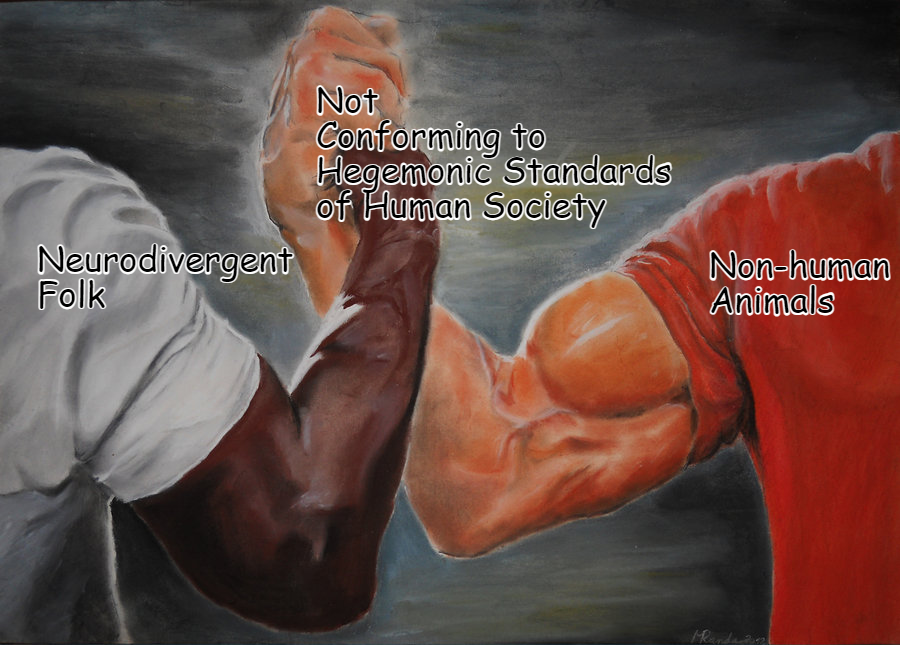A Dive Into Non-Human Intellect

I'm sure we've all heard a thousand times that "animals are unintelligent," "animals have a low IQ," "animals have the intellect of an infant," and such from various anti-zoos and certain linguists (looking at you, Noam Chomsky). I'd beg to differ.
Every type of these statements has been disproven time and time again as seen within several studies and within flaws in our metrics of intelligence. There is no doubt, humanity is a very smart species, but we need to take a step back and see what other species are capable of and what they can do.
First off, anthropocentrism is the root of so many of these arguments. The IQ system has always inherently favored humans whether intentionally or not. Many antis use this metric to their advantage, claiming animals to be less intelligent than a human simply acquiring a lower IQ score. They then also compare these scores to that of an infant, which in itself is a poor argument, but I'll save that discussion for another writer here.
Religion, culture, and beliefs also come into play. Many major religions and cultures often create a large divide between humans and non-humans, believing them to be objectively inferior, which has leaked into the beliefs of many. The Abrahamic religions, for example, completely dis humanity from non-humanity as if they are entirely separate, treating all humanity as the superior.
Additionally, various species can be intelligent in their own ways.
Many refuse or ignore t anthropocentrism, but it is still good to point it out where it is seen. Now enough about the roots of the problem, here's some concrete evidence against the problem.
Exhibit A: Apes
In the 1970s, Duane Rumbaugh conducted an experiment in which he studied the linguistic capabilities of non-human primates at the Yerkes National Primate Research Center known as the LANA (LANguage Analogue) Project. He realized that while these primates may have vocal restrictions, they have enough pattern recognition for symbols, and Yerkish was thus created, which uses symbols called "Lexigrams" to communicate between ape and human. I encourage further research, but here's an excerpt from one source:
"Yerkish...was designed for the purpose of exploring the extent to which non-human organisms (e.g. great apes) could be brought to acquire linguistic skills. First attempts at teaching a spoken language to non-human primates had failed, apparently because of the animals' incapacity vocally to produce the phonemes of a natural language. Subsequent work (Gardner & Gardner, 1971; Fremack, 1971) demonstrated that communication could be achieved by means of visual signs or symbols."
- Ernst von Glasersfeld in The Yerkish Language for Non-Human Primates
These symbols were revised and expanded upon over time, both by Rumbaugh and his wife Sue Savage-Rumbaugh. Apes Lana, Sherman, Austin, Matata, Kanzi, Teco, and a handful of others, have been proven to comprehend these symbols far beyond what some may say is just training or conditioning. Unfortunately, all of these wonderful apes except Kanzi and Teco have passed, but their legacy lives on. Kanzi and Teco have had some of the best understanding of these lexigrams, and they can even understand and respond to auditory sentences. They have even gone so far as to play the ever popular video game Minecraft with some assistance.
Some apes in places such as Japan have also been proven to have pattern recognition and reflexes faster than that o a human, and others have even been able to manage railways better than a human.
I encourage further research to anyone interested.
Exhibit B: Canines
I'm sure we've all seen footage of dogs pressing buttons and such to communicate with humans or in some cases comprehending currency and trade, though this is only one example of how intelligent they can be.
Additionally, canines have so many different forms of their own intelligence, and they don't have to be writing 5 page essays to prove as much. Throughout human history, they have displayed the ability to form packs and groups with definite borders or limits, communicate with and understand humans, and initiate and engage in various activities. They very clearly are able to display emotion as well. Their enhanced olfactory capabilities also make them able to do various tasks .
Exhibit C: Emotion
Many may argue that human emotion is way more complex than non-human emotion, but this is simply not true. Various species have been proven to have emotions of joy, sadness, anger, even envy or desire for justice. Various animals, even creatures like sea scallops, have capacity and ability to feel and express emotion in one way or another.
Exhibit D: Birds/Avians
Various birds have the ability to travel to and from long distances with immense precision, comprehend trade and currency, display emotion, and so much more.
Non-human animals are capable of so much more than many will admit. Claiming an animal to be unintelligent takes away any rights or freedoms they would otherwise have as living beings. Next time anybody—whether it be an anti, a prescriptivist, or a preacher—claims that non-human animals are unintelligent, remind them of the various skillsets and capabilities of various species.
Animals are beautifully smart and should be treated as such. Thank you for your time.
Article written by Lemon (February 2024)
Questions, comments or concerns? Check out our Discord server! discord.gg/EfVTPh45RE


